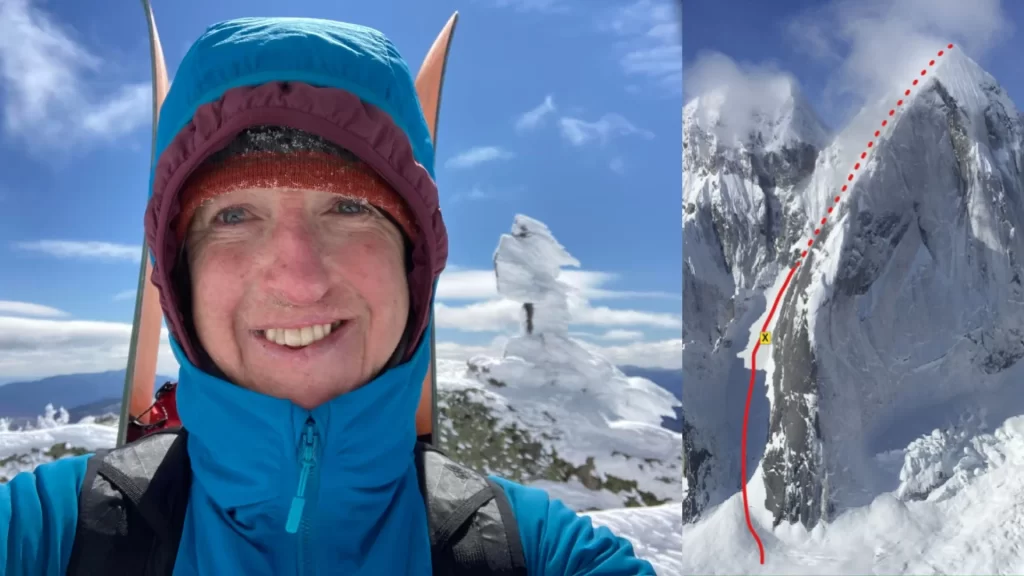A heavy silence has descended upon Denali National Park after a climbing accident claimed the life of a seasoned mountaineer. On Thursday, April 25th, tragedy struck as a two-person team took a harrowing tumble on the notoriously difficult slopes of Mt. Johnson. This mountain’s unforgiving terrain and unpredictable weather are no joke.
My heart goes out to the @NYSDEC and Mecus family during this tragic time. Robbi was an incredible, passionate Ranger and I know this loss will not come easy. My official statement is here though words cannot fully capture a legacy of courage, compassion and service. RIP Ranger https://t.co/iD8gaCx3AR pic.twitter.com/dVTuwgK3Gc
— Sean Mahar (@SeanMaharIC) April 28, 2024
1,000 feet fall
Mt. Johnson isn’t your average weekend hike. It’s a towering titan within Denali’s rugged landscape, a challenge that beckons experienced climbers but can easily turn deadly. Think steep inclines and weather patterns that change frequently.
The National Park Service (NPS) confirmed that the climbers, unfortunately tethered together, fell during their ascent. 52-year-old Robbi Mecus from Keene Valley, New York, was identified as the person who tragically lost her life. The climbing partner, though seriously injured, is thankfully receiving medical attention.
Safety Measures
“Glacier-covered mountains can hide deep crevasses beneath their icy surface. A misstep or lack of awareness can result in falling into these hidden crevasses, leading to serious injuries or death.”
– Mountain Climbing Risks (Discover Altai)
As the climbing community mourns the loss of one of their own, discussions are already underway about potentially adding new safety measures and educational initiatives specifically focused on preventing future tragedies on Mt. Johnson. In the wake of this somber event, the NPS wants to remind all climbers to prioritize safety above all else:
- Don’t try to conquer Everest on your first hike. Choose climbs that match your skill and experience level.
- Research the weather, pack the right gear, and let park rangers know your route and estimated return time.
- Always prioritize proper climbing techniques and stay constantly aware of potential hazards.
The National Park Service has a treasure trove of resources on safe climbing practices: https://www.nps.gov/subjects/healthandsafety.
Our hearts go out to the family and friends of the deceased climber during this difficult time.
We also wish the injured climber a speedy and full recovery.
